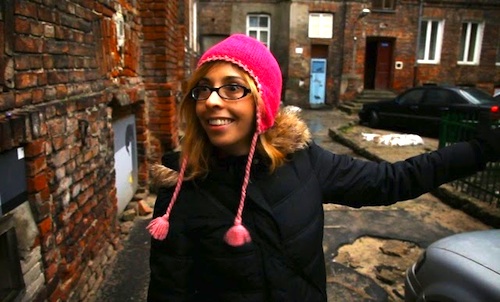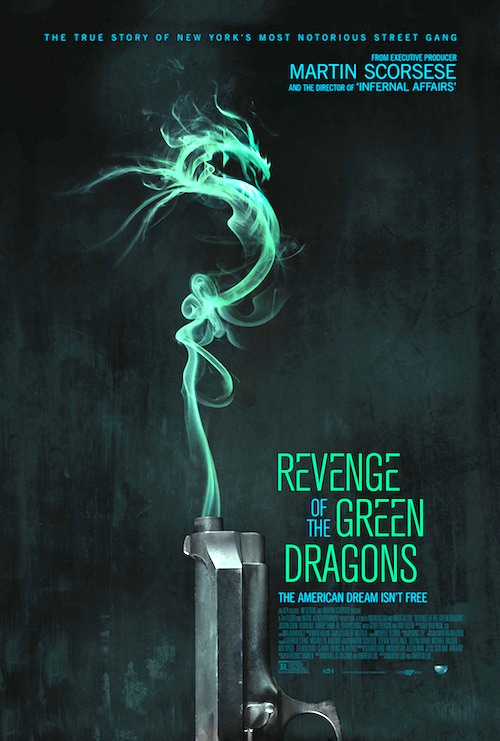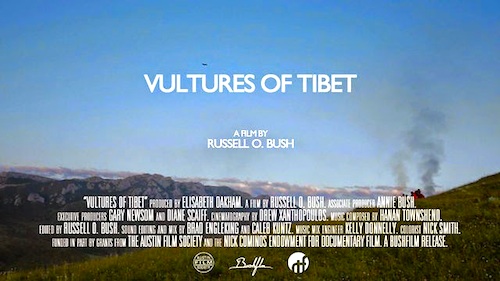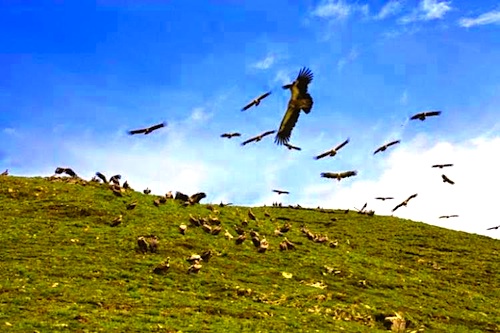By Joe Bendel. It was the very last film ever screened at the late, lamented Two Boots Pioneer Theater. Obviously, they had no intentions of going quietly. It was also one the few films broadcast on MTV at the height of its 1980s cool cachet and now holds a richly deserved spot on the Library of Congress’s National Film Registry. Yet, the auteur who would inaugurate the zombie genre spent years whipping up commercials for Pittsburgh television as one of the principals of the Latent Image production house. Rightly and necessarily, George A. Romero’s The Night of the Living Dead screens together with a selection of his commercial work as part of Anthology Film Archive’s Industrial Terror film series.
Somehow this film is just as potent the twentieth or thirtieth time around. As you really ought to know, at least according to the LOC, the original Living Dead follows the plight of a group of strangers stranded in a farm house during a mysterious zombie apocalypse. Yet, despite the peril outside, they end up turning on each other.
It is a simple formula many have tried to replicate, but never with the same success. Romero masterfully doles out information via the unreliable media, using zombies sparingly in the second act. Instead, he relies on human nature to build the tension. Of course, he delivers the zombie cannibalism when he is good and ready.
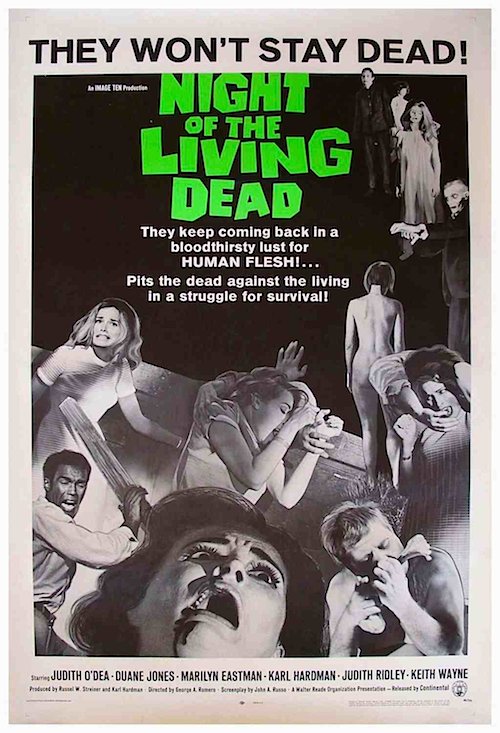 On yet another repeat viewing, a few things jump out about Living Dead. After witnessing her brother’s death, the character of Barbra spends the rest of the film in a state of shock, which we rarely see in horror movies, but it is a much more believable response than dropping a series of ironic pop culture references.
On yet another repeat viewing, a few things jump out about Living Dead. After witnessing her brother’s death, the character of Barbra spends the rest of the film in a state of shock, which we rarely see in horror movies, but it is a much more believable response than dropping a series of ironic pop culture references.
While it has been said before, Duane Jones really should have become a much bigger star. He immediately instills viewer confidence as Ben and the subtle manner in which he takes a protective interest in Barbra is quite touching. A few more of him and things might have turned out better.
Keith Wayne’s Tom also serves as an effective audience surrogate. He is the sort of conciliator you want in your life boat and he is handy with tools. Yet, it is probably Bill Hinzman who truly made the film. As the first zombie in the cemetery, his gaunt face has become an iconic image of cinematic zombies.
Decades later, Living Dead’s conclusion remains the same stinging slap in the face. Indeed, it all holds up remarkably well. You have seen it before, but this is the perfect venue to see it again, along with some apt commercial selections, including a groovy riff on Fantastic Voyage for Calgon and a racially-themed presidential campaign spot, which should scare the willies out of everyone with the prospects of a McGovern administration. Highly recommended under any circumstances, the original black-and-white (non-colorized) Night of the Living Dead screens this Saturday (10/25) and Tuesday (10/28) at Anthology Film Archives, as part of Industrial Terror.
LFM GRADE: A
Posted on October 23rd, 2014 at 3:50pm.
